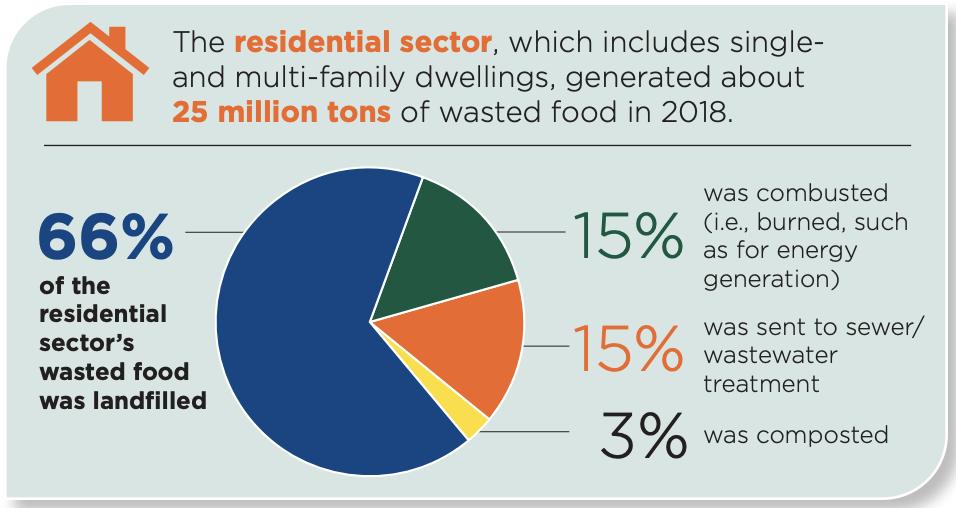When people hear the phrase “sustainable food,” they often think of what foods are sustainable—perhaps imagining eating vegetarian, or cutting out heavily processed junk foods. These questions are (of course) key to an understanding of sustainable consumption. However, the less frequently considered question of where food comes from is also equally important—that is, what conditions was this food produced under? How far did it have to travel to get here (and how many gallons of fossil fuels may be hidden in its sticker price)? Is the agricultural system that produced this food a socially sustainable one? To better understand issues like these, then, this article will analyze a few of the sustainability benefits of local foods and food systems.
First of all, local food (defined by the USDA as food grown or produced within 400 miles of where it is consumed3) is characterized by smaller-scale production, rather than large industrial-agriculture monoculture farms—think hundreds of acres of corn, or farms that only raise a single specific type of cows. This is crucial to consider because while industrial-scale agriculture may be efficient, that efficiency also comes at a cost—such farms often require heavy use of pesticides, herbicides, and various livestock medications to prevent disease.2 On the other hand, smaller local farms often produce a variety of food crops and animals, allowing more intentional practices and lessening their use of often-toxic chemical products. Because of this, foods you can buy from a local farm stand or market (Swamp Rabbit Grocery is a great option for Furman students!) are not only more likely to be healthy for you, but also less likely to have an ultimately negative effect on the environment.
Second, purchasing local food is key for sustainability because it avoids the significant fossil fuel usage and greenhouse gas emissions associated with most industrially-sourced products, which are often transported long distances (1640 km on average, according to one paper4) via truck, train, or plane before reaching grocery stores. While it is also important to combine this strategy with other methods of minimizing greenhouse gases (the same paper also recommends lessening the amount of red meat you consume, for example4), this is at least one of many important ways we can use the food we eat to achieve results for sustainability.
Finally, the production and sale of local foods can actually contribute to social sustainability as well. While it may not seem like buying food grown closer to where you live can affect social structures on a large scale, the short supply chains associated with doing so can actually “favour… connection between farmers and consumers, and thereby… generate a sense of local identity and community and contribute to social inclusion.”1 Functioning local food systems may also help to create employment and benefit struggling rural economies, in addition to giving farmers more agency to negotiate better prices for their products.
In conclusion, while local food may be an overlooked aspect of environmental action, it is far from an unimportant one. Despite being fairly simple to incorporate into your lifestyle—a quick visit to a farm or produce market for some in-season fruits or vegetables can be a perfectly good start—it has the potential for far-reaching effects in multiple areas of sustainability.
1. https://link.springer.com/article/10.1007/s41130-021-00148-w
2. https://pittsburghpa.gov/dcp/more-sustainable
3. https://www.usda.gov/media/blog/2010/07/16/what-local-food
4. https://psufoodscience.typepad.com/psu_food_science/files/es702969f.pdf
